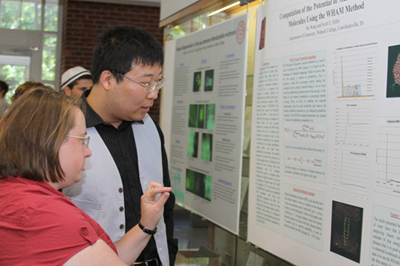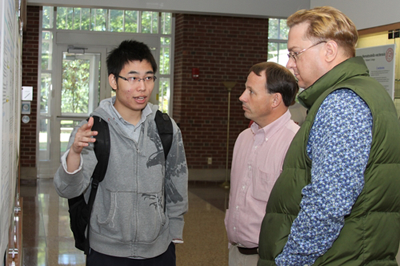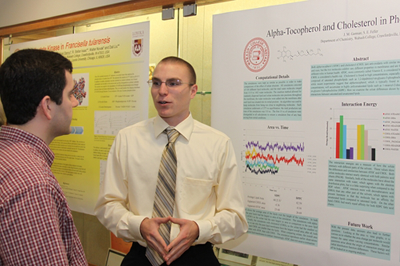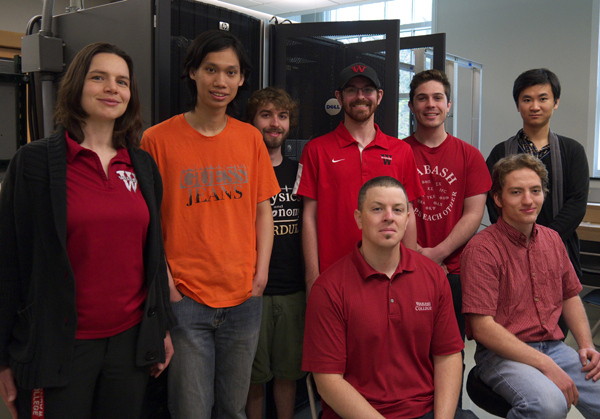
Dr. Feller continues to collaborate with Wabash undergraduates in his scholarly work in the study of biological membranes.
The Wabash computing lab is made available to students through internships, independent study classes, and
special topics courses. A full list of students doing major work in the lab can be found on the
CV page in the undergraduate students section.


